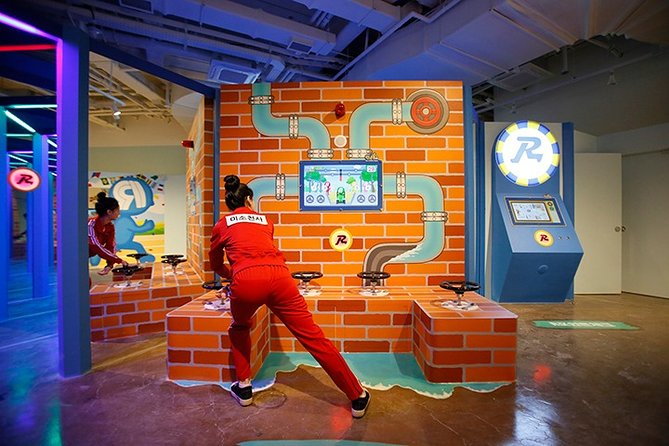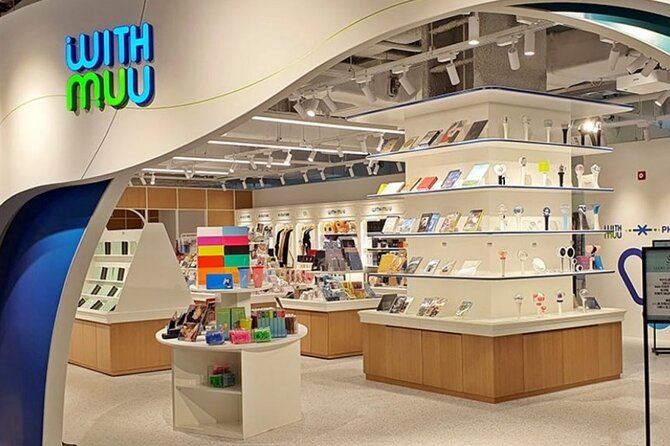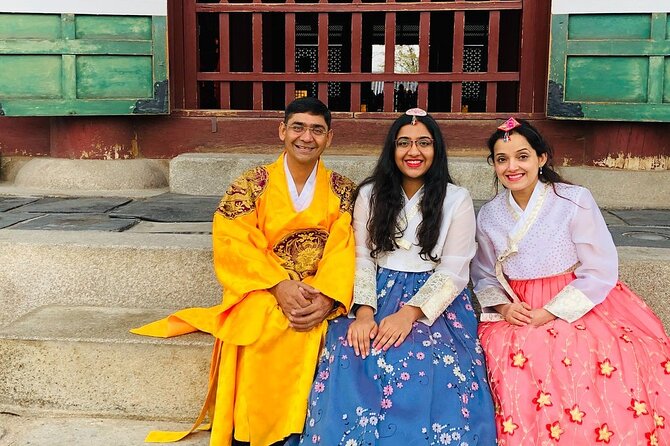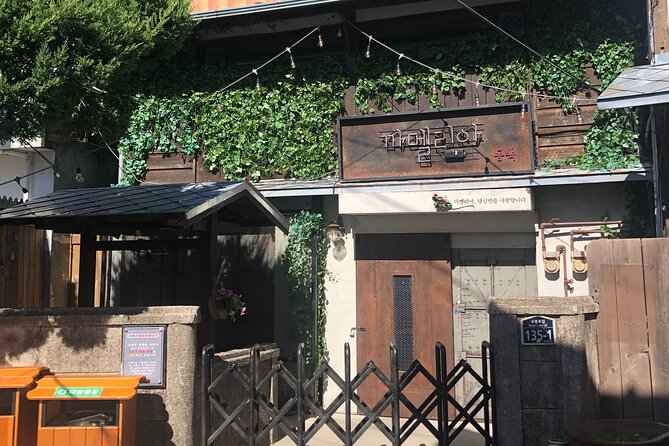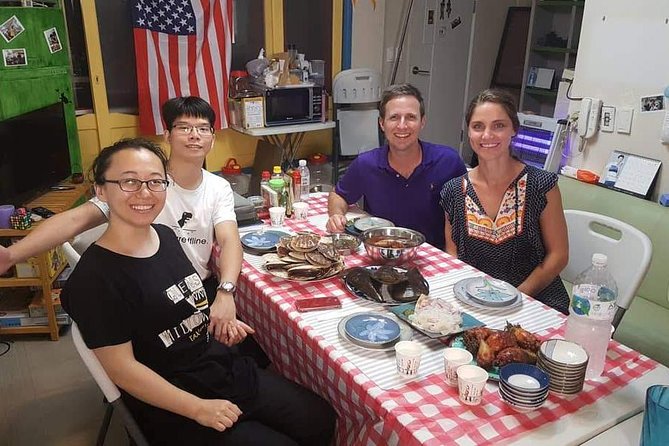Traditional Korean clothing is a vibrant and symbolic representation of Korean culture, steeped in history and significance. The iconic hanbok, with its intricate designs and bold patterns, has evolved over the centuries, blending traditional elements with modern twists. Accessories play a crucial role, conveying social status, marital status, and occupation. From humble beginnings to modern-day revival, traditional Korean fashion is making a comeback, appealing to a broader audience. As you explore the world of traditional Korean clothing, you’ll uncover a rich cultural heritage, and discover the beauty and significance behind this iconic attire – and there’s more to come.
Just The Basics
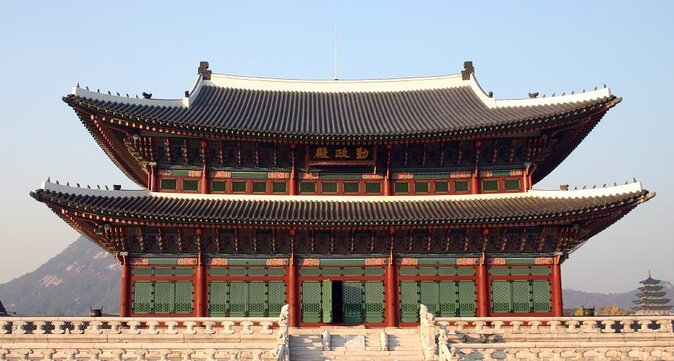
• Traditional Korean fashion has evolved, blending modern twists with traditional elements, revitalizing the iconic hanbok for modern tastes.
• Hanbok has a 1,600-year history, reflecting Korea’s cultural, social, and economic changes, and is now a proud representation of Korean heritage.
• Accessories play a vital role in conveying social status, marital status, and occupation, with intricate designs and colors holding significant meaning.
• At Hellohanbok, visitors can take advantage of free services, including accessories, lockers, and hair-setting, to complete their traditional Korean attire.
• Prices for trying on traditional Korean clothing start from $8.21, with a 3.5-star rating based on five reviews and a Lowest Price Guarantee.
It's also worth checking out some other tours and experiences nearby.
Exploring Korean Traditional Fashion
Traditional Korean fashion has undergone significant transformations, blending traditional elements with modern twists.
The iconic hanbok, with its vibrant colors and intricate designs, has been reimagined for modern tastes. Contemporary designers are incorporating innovative materials, bold patterns, and subtle embellishments, while maintaining the essence of traditional Korean aesthetics.
The result is a unique fusion of old and new, showcasing Korea’s cultural richness. This evolution hasn’t only revitalized traditional fashion but also enabled it to coexist seamlessly with modern styles, appealing to a broader audience.
As Korean culture continues to gain global recognition, its traditional fashion is poised to take center stage.
History of Hanbok Clothing
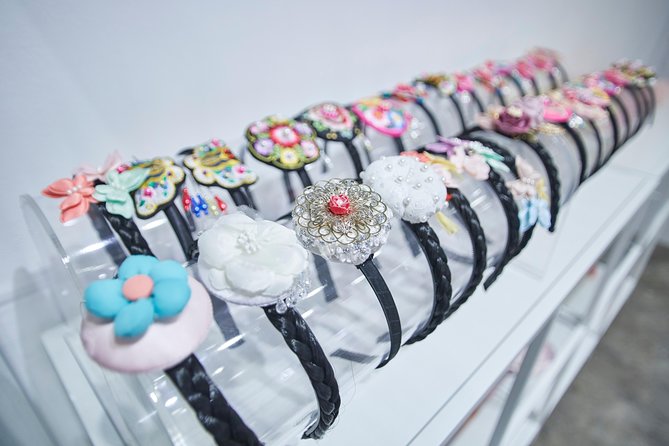
With a rich history spanning over 1,600 years, the hanbok, Korea’s traditional attire, has undergone numerous transformations, reflecting the country’s cultural, social, and economic changes.
From its origins in the Goguryeo kingdom to its modern-day revival, the hanbok has adapted to the times, influenced by Confucianism, Buddhism, and Westernization.
During the Joseon dynasty, the hanbok became a symbol of social status, with intricate designs and colors indicating one’s rank.
The 20th century saw a decline in hanbok wear, but recent efforts have revitalized interest in this cultural icon.
Today, the hanbok is a proud representation of Korean heritage, worn on special occasions and celebrated for its beauty and significance.
Cultural Significance of Accessories
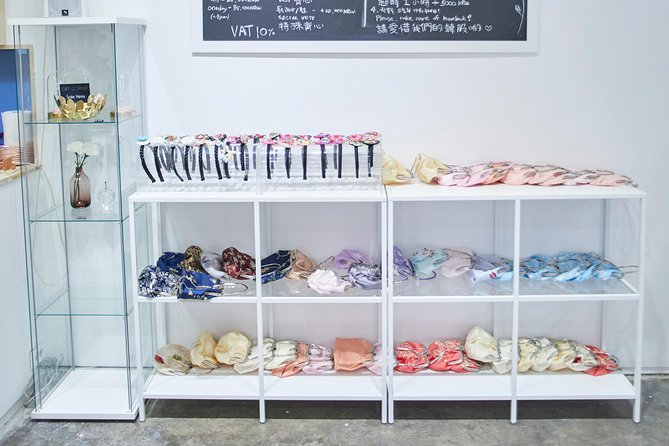
In traditional Korean attire, accessories play a vital role in conveying social status, marital status, and occupation, with each piece carefully crafted to tell a story about the wearer.
For instance, the norigae, a decorative pendant, signifies marital status, while the jokduri, a ceremonial hat, indicates occupation.
Even the type of fabric and color used in the accessories hold significant meaning. The use of vibrant colors and intricate designs signify wealth and social standing.
In contrast, simpler designs and muted colors are reserved for those of lower social classes.
Getting Ready With Free Services
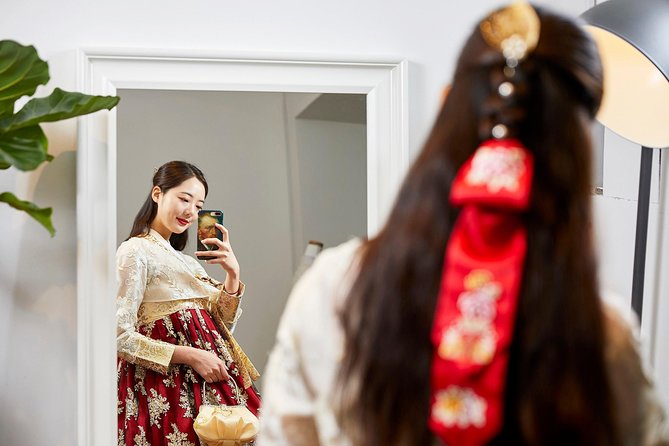
At Hellohanbok, visitors can take advantage of free services to complete their traditional Korean attire, including free accessories, lockers, and hair-setting.
This convenient offering allows guests to fully enjoy the cultural experience without worrying about the logistics.
The free accessories ensure that every detail of the hanbok is meticulously considered, while the lockers provide a secure place to store personal belongings.
Plus, the hair-setting service helps visitors achieve an authentic, traditional Korean look.
Important Health and Safety Notes
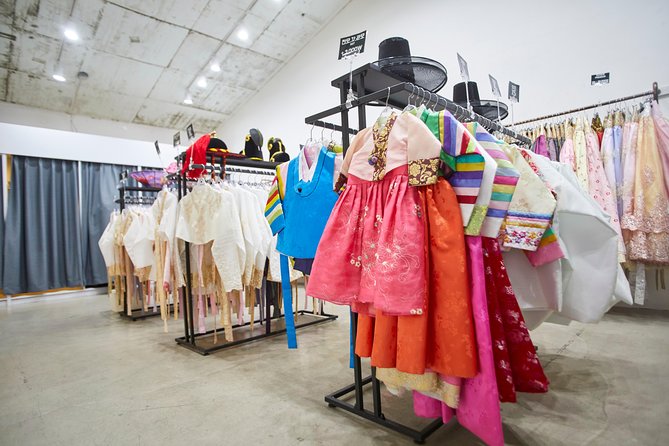
Visitors with certain health conditions, including back problems, pregnancy, or heart problems, should exercise caution when participating in this activity.
It’s essential to prioritize health and safety when trying on traditional Korean clothing.
Not recommended for travelers with back problems, pregnant travelers, or those with heart problems or other serious medical conditions.
The venue isn’t wheelchair accessible.
Service animals are allowed, but please inform the staff in advance.
Strollers are permitted, but please be mindful of the venue’s space.
Refunds or rescheduling are available if canceled more than 24 hours in advance due to health concerns.
Planning Your Visit to Seoul
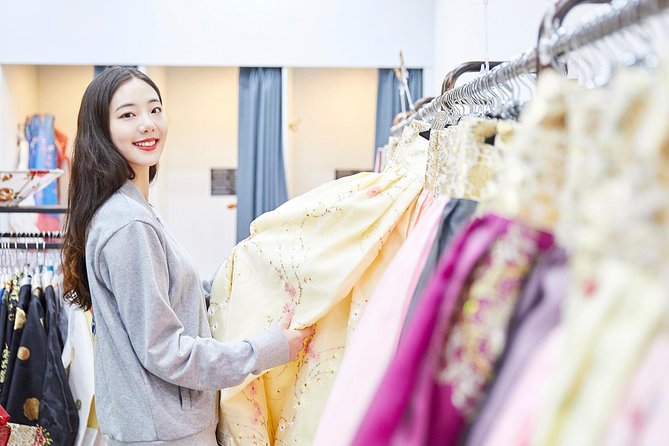
Seoul’s bustling streets await, but before diving into the vibrant city, it’s essential to plan your visit to maximize your time and experience.
First, decide on a meeting point, such as Hellohanbok in Jongno District, which offers a convenient location for your traditional Korean clothing experience.
Next, plan your schedule, considering the 2-hour duration of the activity and the operating hours from 9 am to 7 pm, Monday to Sunday.
Don’t forget to check the inclusions, such as free accessories and hair-setting, and take note of the restrictions, including accessibility limitations.
Reviews and Pricing Information
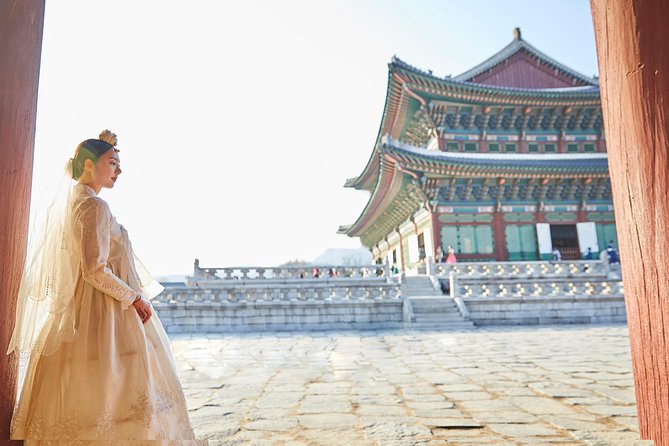
With a 3.5-star rating based on five reviews, it’s clear that opinions about this traditional Korean clothing experience vary, but a closer look at the pricing and reviews can help you make a more informed decision.
Prices start from $8.21.
Free cancellation is available up to 24 hours before the experience starts.
The experience also comes with a Lowest Price Guarantee.
The 3.5-star rating is based on 5 reviews.
One reviewer, Cherie_P, had a disappointing experience in May 2024.
Here's a few more nearby tours and experiences we think you'll like.
- Korean Cooking Class With Full-Course Meal & Local Market Tour in Seoul
- Full Day Tour In The Soop BTS Ver in PyeongChang Filming Location
- Small-Group Royal Palace and Seoul City Tour W/ Lunch
- Seoul City Full Day Tour-Gyeongbok Palace, Seoul Tower, Insadong
- Evening Ghost Walking Tour in Seoul
- DMZ 3rd Invasion Tunnel and Suspension Bridge Day Tour From Seoul
Cancellation and Refund Policy
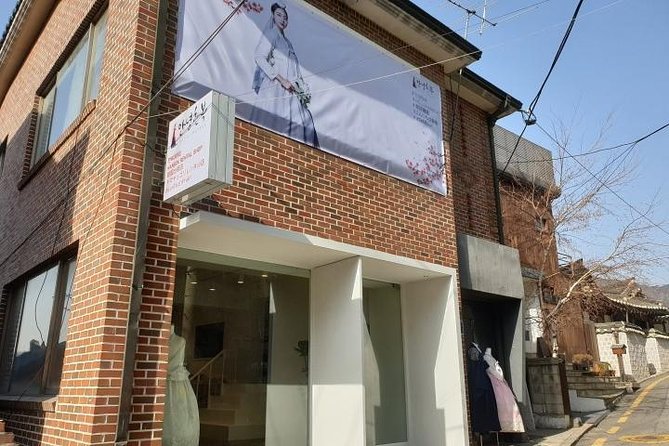
Understanding the cancellation and refund policy is crucial to ensure a hassle-free experience, and this traditional Korean clothing activity has a clear and flexible policy in place.
If you need to cancel, you can do so up to 24 hours in advance for a full refund.
Unfortunately, there’s no refund if you cancel less than 24 hours before the experience starts. Changes made within 24 hours of the start time won’t be accepted either.
However, if the activity is cancelled due to bad weather, you’ll be offered a different date or a full refund.
It’s essential to review and understand this policy before booking to avoid any issues.
Not for you? Here's more of our most recent tour reviews happening neaby
- Transfer Service From Gimpo Airport to Hotel City
- Full Day Incheon Aisa Hub Tour By Bus Coach
- Seoul Self Guided Sherlock Holmes Murder Mystery Game
- N Seoul Tower Ticket in Seoul
- Nari Park, Pink Muhly Grass, Dumulmeori Day Tour (Free Hot Dog!)
- Pocheon Art Valley With Strawberry Picking Half-Day Tour
- Cherry Blossom & Azalea Festival, China Town, Memorial Hall Trip
- Alpaca, Nami, Petite Fr, Italian Village, Garden of Morning Calm
- Gangnam Trampoline Samseong Center Discount Ticket
- Dynamic Maze Discount Ticket Insa-dong -> Dynamic Maze Discount Ticket in Insa-dong District
- 3day Korea Winter Private Tour to Nami, Ski Resort and Ice Fishing Festival
- Photo Spot Tour Including Nami Island and 3 More Places
- KORAIL Pack Voyager: Gyeongju, Busan and Jeju 5 Days From Seoul
- Premium Korean Traditional Art Experiences
- ARMY Must Visit BTS Tour in Seoul
Final Words
As she concludes her traditional Korean clothing experience, she takes with her a deeper appreciation for the rich cultural heritage of Korea.
With a newfound understanding of hanbok’s intricate designs, vibrant colors, and cultural significance, she’s now equipped to navigate Seoul’s bustling streets with confidence.
Having immersed herself in the beauty of traditional Korean attire, she’s ready to take on the city, armed with an unforgettable experience and a newfound sense of Korean tradition.

